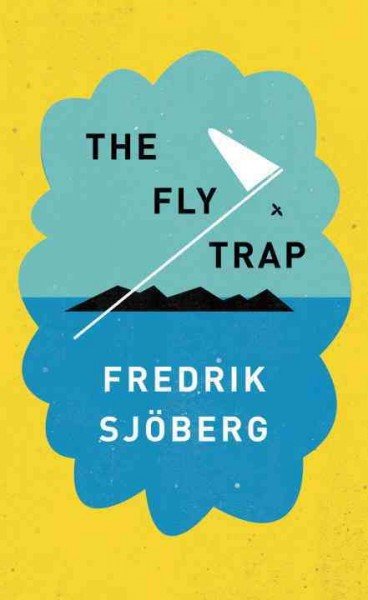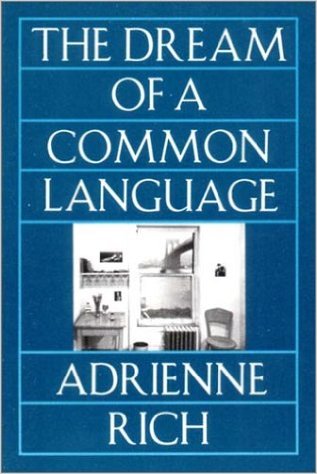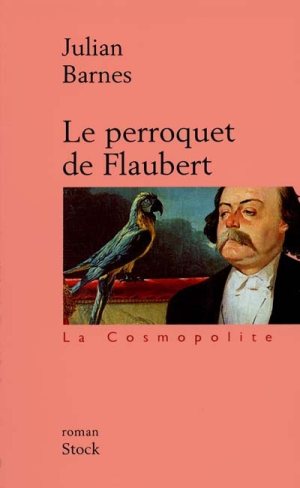Happy Thanksgiving to all American readers! Ahead of Black Friday and Civilised Saturday (the antidote to Black Friday proposed by some booksellers in the UK), here are some book recommendations from the Asymptote Blog staff.
The Fly Trap by Fredrik Sjöberg, translated by Thomas Teal—reviewed by blog editor Ryan Mihaly

Fredrik Sjöberg’s excellent nature-memoir The Fly Trap, translated by Thomas Teal, caught me completely off guard. I did not expect to be so enthralled by the musings of a fly collector (properly, an entomologist) who lives alone on an island in Sweden. The book is unforgettable from the very first line: “It was during the time I wandered the streets near Nybroplan with a lamb in my arms.” The first chapter details Sjöberg’s brief stint with a community theatre where he was responsible for carrying a lamb to the set every day, because the director of the play refused to use a mechanical lamb. This bizarre and beautiful chapter serves as a brief prelude to his even stranger life collecting flies.
The Fly Trap is certainly not your traditional memoir. In fact, most of the book is not about Sjöberg’s life at all. One of the main subjects of his book is René Malaise, a sort of celebrity in the entomologist world for inventing the very popular Malaise Trap. Sjöberg’s description of this hilariously named trap betrays his love for the man and his legendary invention. In fact, anything Sjöberg describes—tourists visiting his island, the joy of watching nature television, the idea of slowness in the modern world, the difference between hoverflies and wasps (they look very similar!)—he describes with care and a charming touch of self-deprecation. The absurdity of his career is never too far from his mind. The Fly Trap is one of those books that seem impeccably written and impeccably translated—it reads as if Thomas Teal had not a single problem translating the very smart and flowing prose.
I’m convinced Sjöberg could write on any topic and keep an audience interested. It’s no surprise this book was a bestseller when it was originally published in Sweden, in 2009, and that Tomas Tranströmer said that he returned to it often. I will definitely be doing the same.
***
The Dream of a Common Language by Adrienne Rich—reviewed by assistant blog editor Vera Carothers

I’ve started to read in earnest now that the days are shorter and fall is shedding itself definitely. I’ve been preoccupied by past favorites, re-re-reading The Dream of a Common Language by Adrienne Rich. She is one of my oldest go-to authors because I consistently feel like she is speaking to me, only to me. Her poems are honest and clear-eyed. I feel fully present with her, fully present in reality.
Rich is not a translator but she intuitively gets and communicates the transformative properties of language. In the The Dream of a Common Language particularly, she attempts to perform a “common language,” all the while showing that it can’t really possibly exist. Take these lines, for example:
A conversation begins / with a lie. And each / speaker of the so-called common language feels / the ice-floe split, the drift apart / as if powerless, as if up against / a force of nature
—“Cartographies of Silence”
She gives us a delicious icy metaphor there for winter days—this “ice-floe split,” can be as simple as the inevitable split between language and thought.
For a bilingual reader, though, the divide can be between language and language, translation and original. I’ve been considering Rich’s “divide” as I’m reading a bilingual edition of Uruguayan poet Circe Maia’s book El Puente Invisible or The Invisible Bridge (translated from Spanish by Jesse Lee Kercheval). I just discovered Maia at random, picking the book off a free shelf at work. Her poems are compact and quiet, written in a Spanish I can easily understand. They’re also brilliant. Like Rich, she comments on the fragility of the encounter, of a communication in language:
In a trivial gesture, in a greeting, / in the simple glance, directed / in flight toward other eyes, / a golden, a fragile bridge is constructed. / This alone is enough.
— “The Bridge,” El Puente Invisible
Maia builds a bridge across an unknown; Rich toes the ice chasm: both women poets leave a trace in my hour, my day, in this unique descent into winter.
***
Le Perroquet de Flaubert by Julian Barnes—reviewed by assistant blog editor Allegra Rosenbaum

Flaubert’s Parrot by Julian Barnes was an excellent read in English, but I have enjoyed reading its translation into French by Jean Guiloineau much more. The novel studies Gustave Flaubert’s life story and work, and specifically the context for the short story “A Simple Heart,” found in his work Three Tales. The protagonist, Geoffrey Braithwaite, is a Flaubert enthusiast who discovers a taxidermic parrot that evokes many mysterious analyses in one of the 19th century French writer’s most enigmatic works. Then he discovers another parrot with the same claim to fame. Geoffrey wants to know which one was actually Flaubert’s parrot, and embarks on a quest for authenticity. In the meantime, the reader learns more about Geoffrey’s own tragic life. The reason it seems to read better in French despite the British narrator and author, is because Geoffrey is very similar to Charles Bovary in many ways that I won’t give away. It’s a must-read in French or in English.

